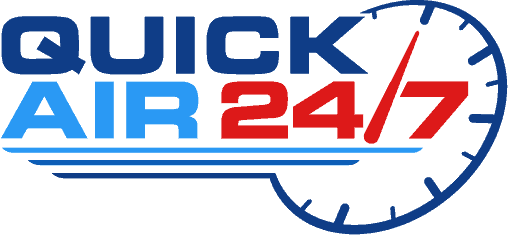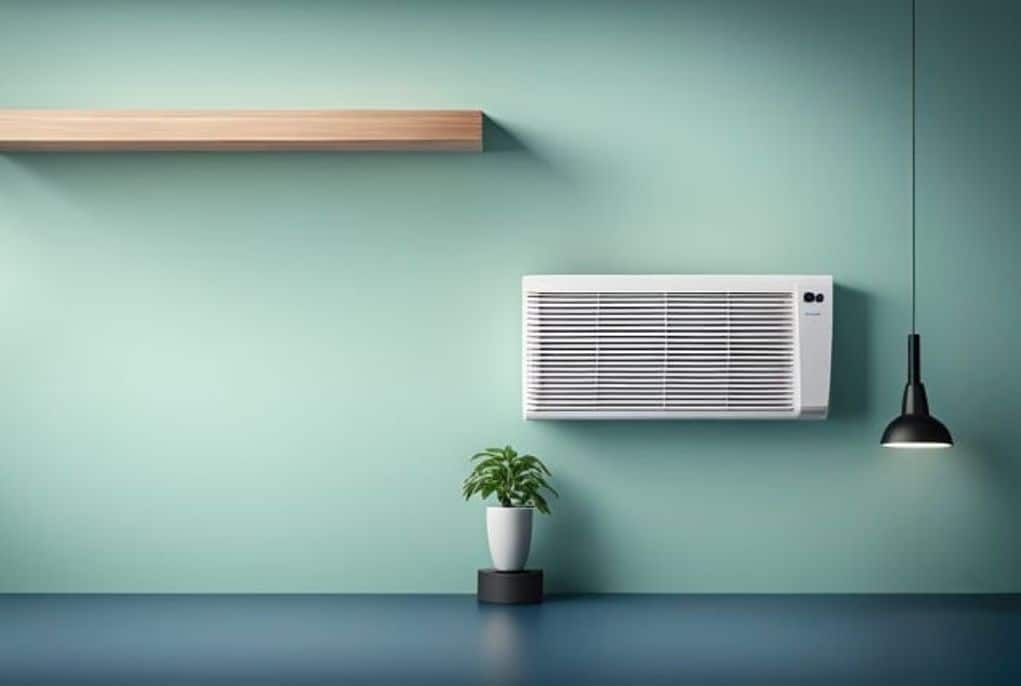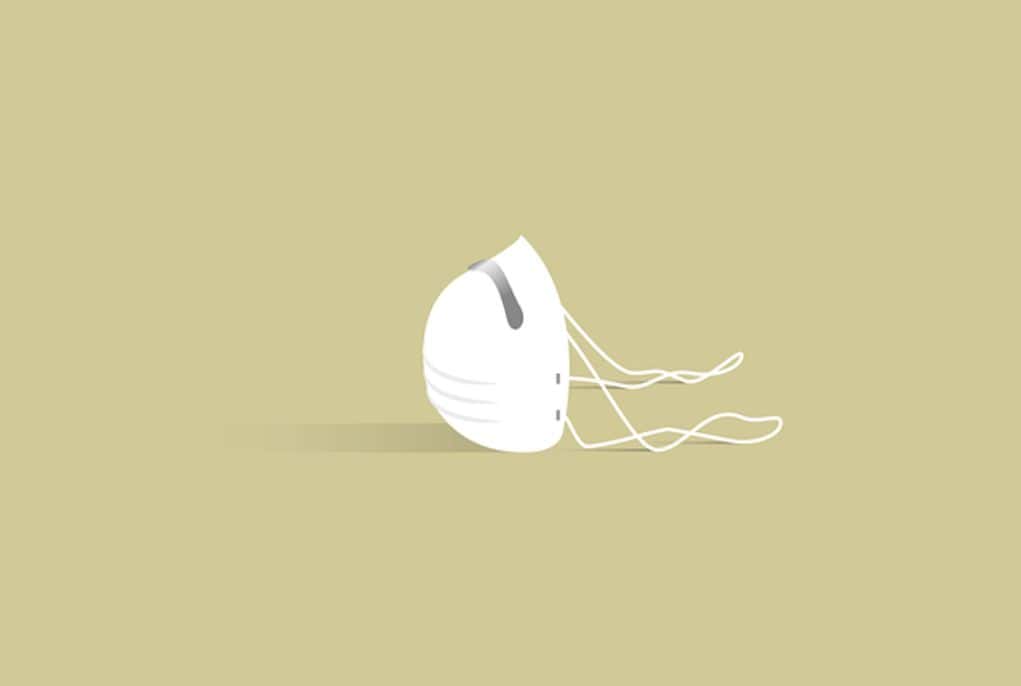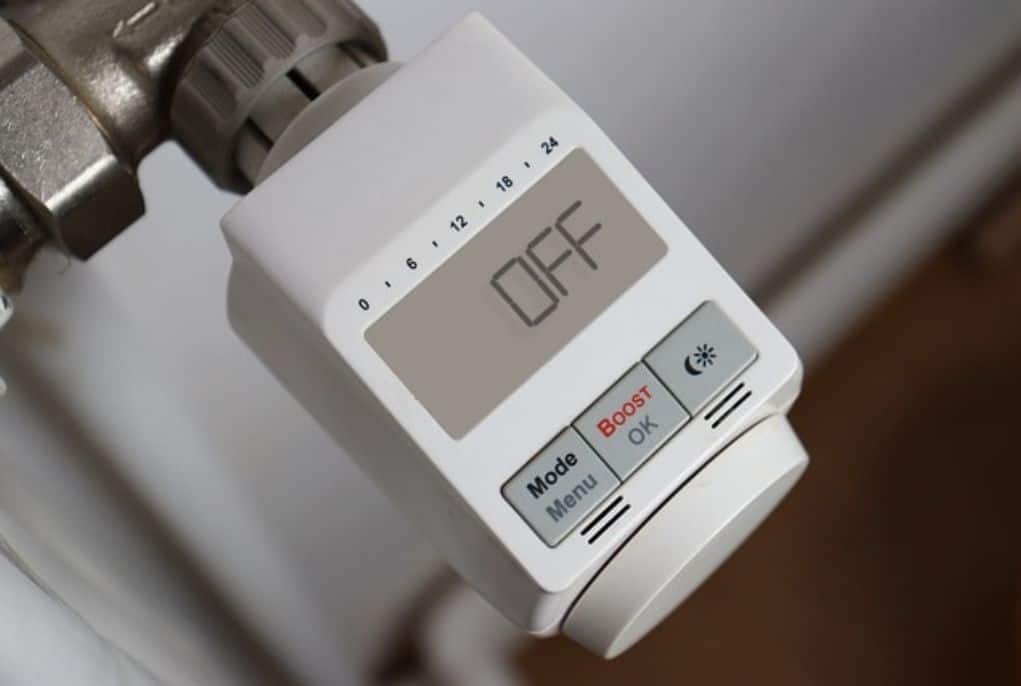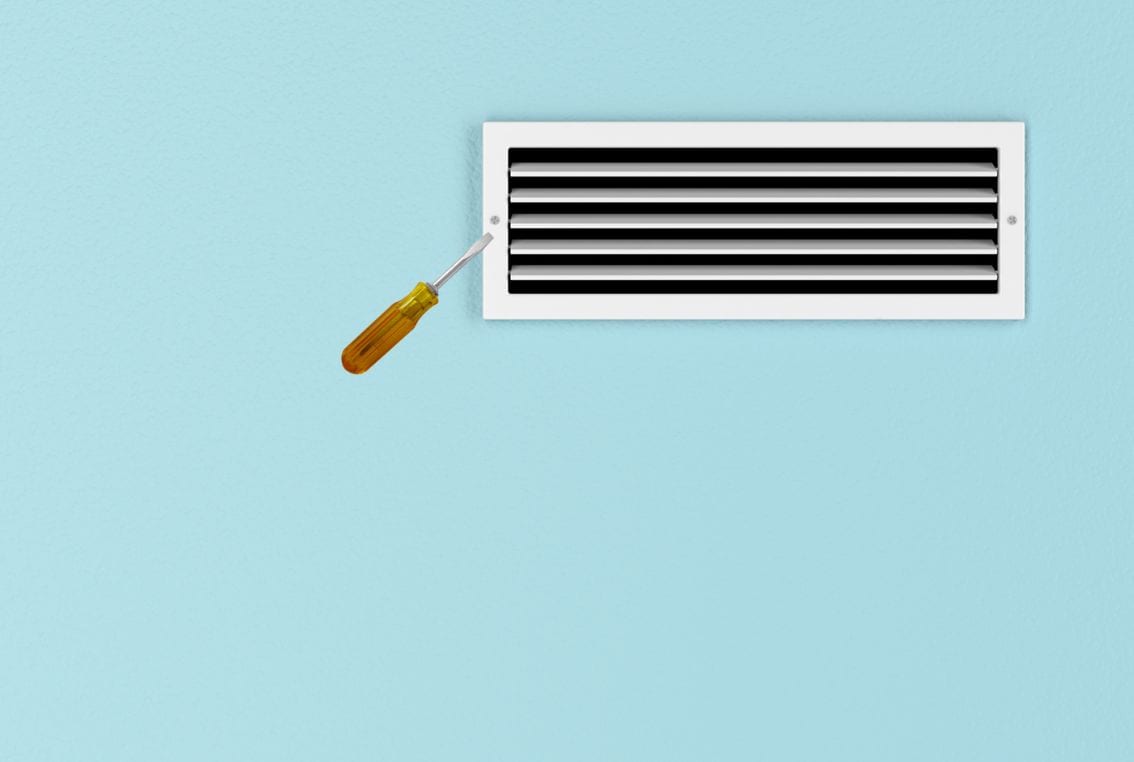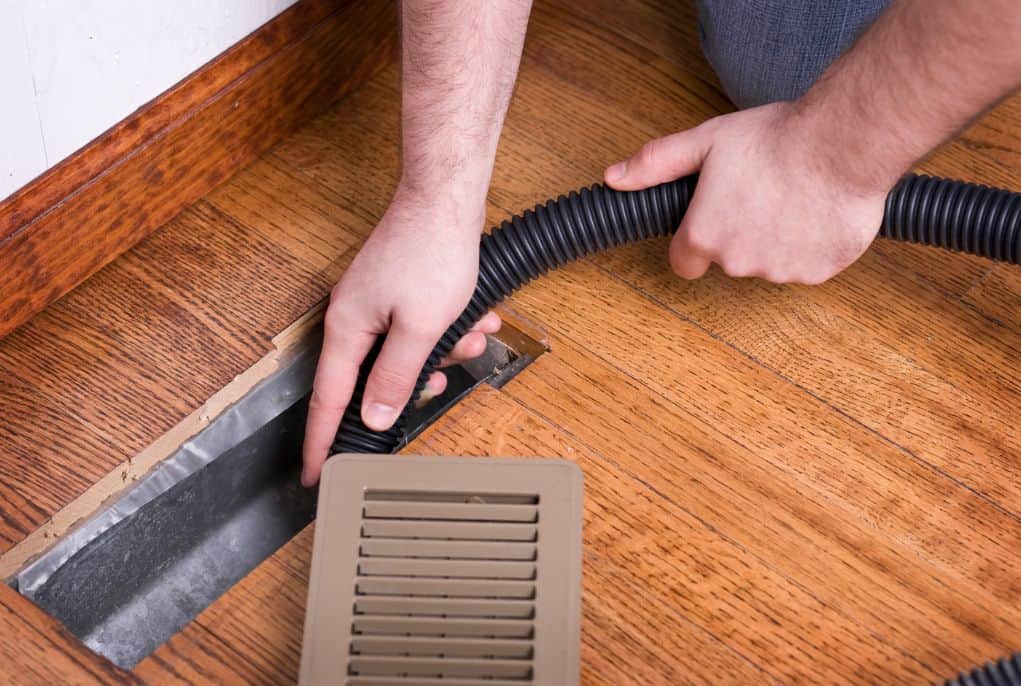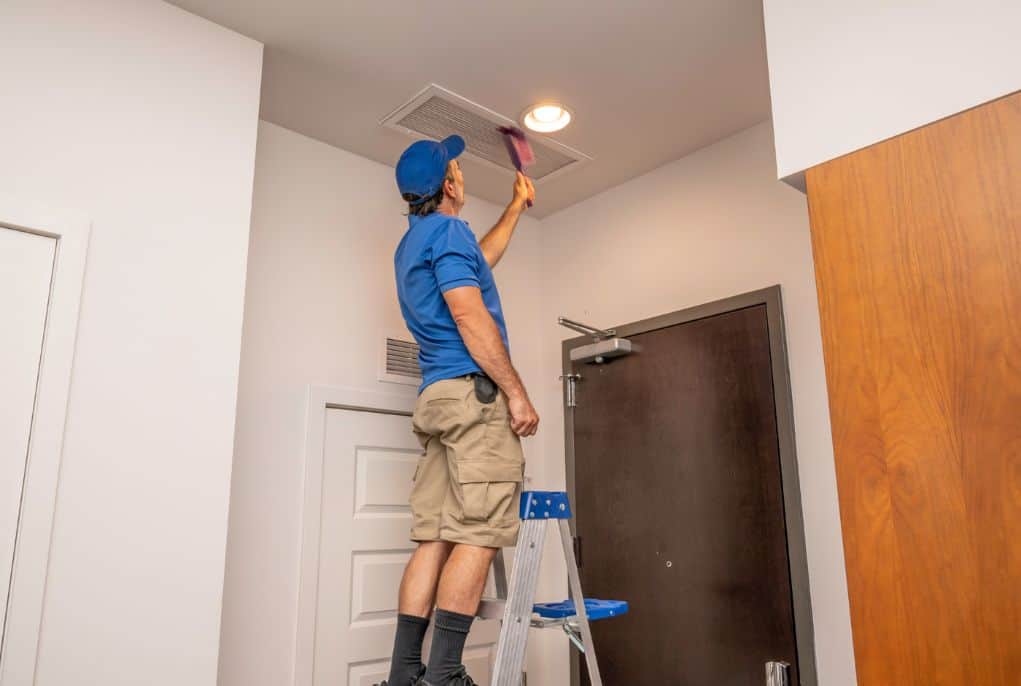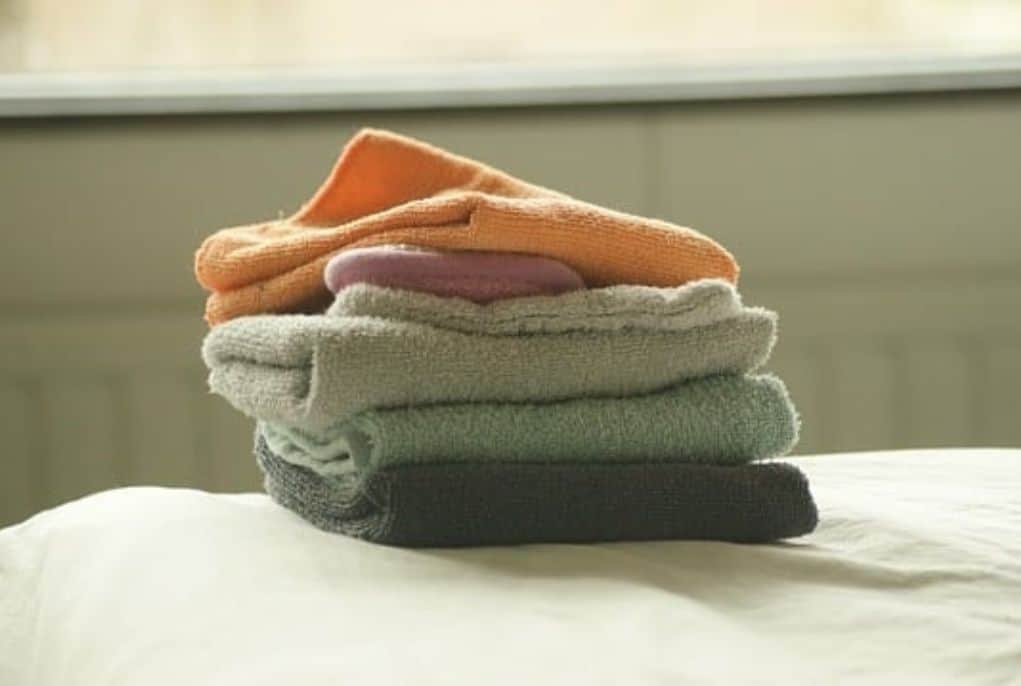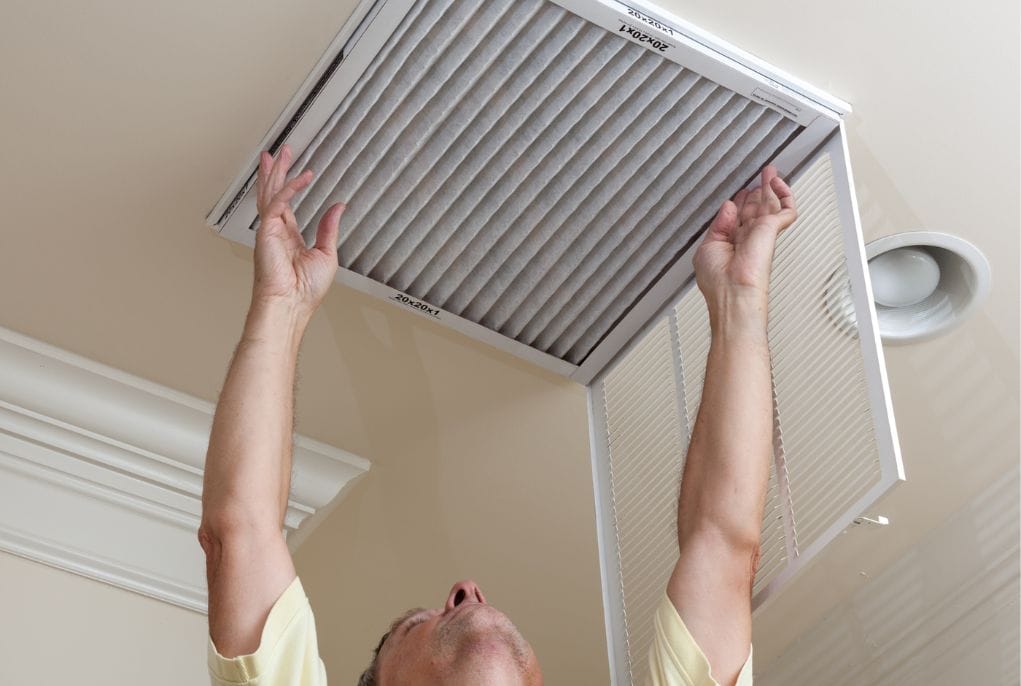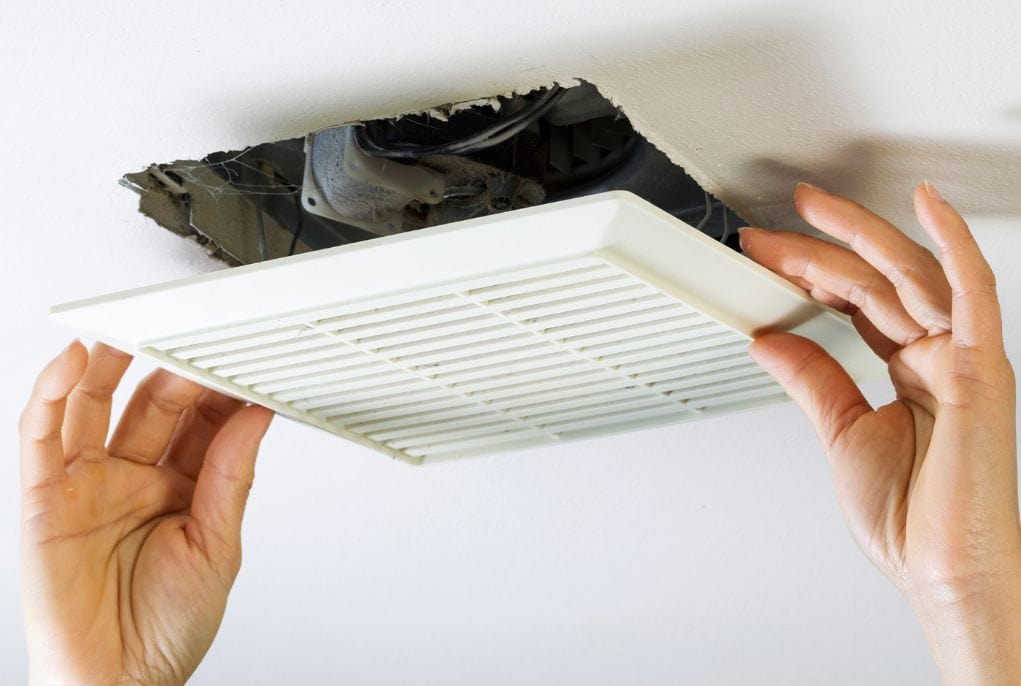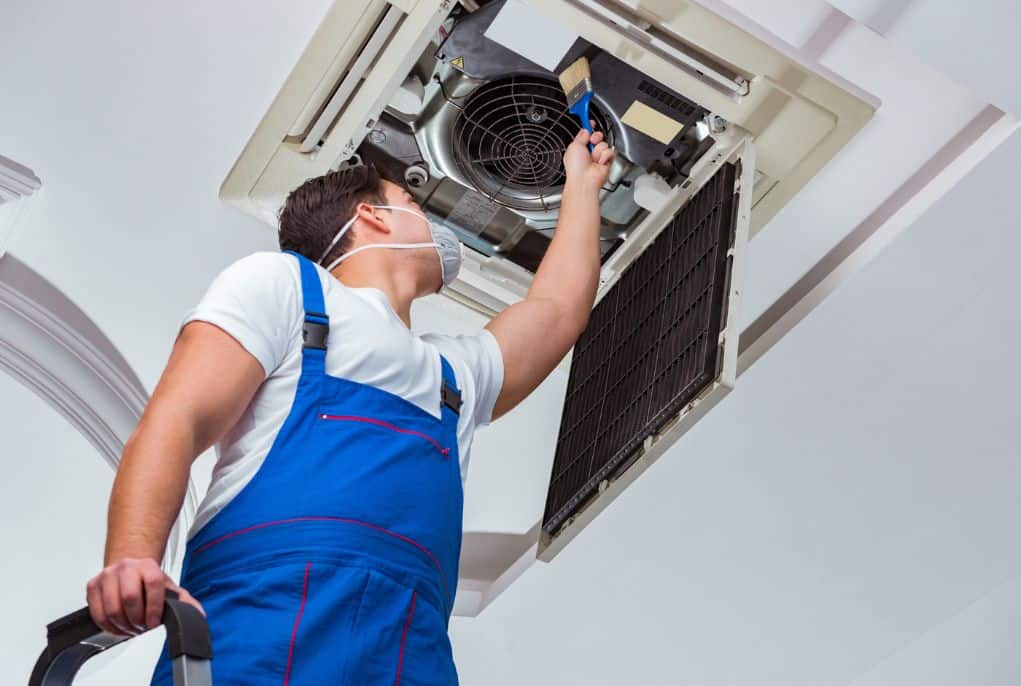Providing a deep clean to your air vents is often one of those home maintenance tasks that gets overlooked, but it’s essential for maintaining efficient HVAC and cooling system and performance among other things.
While vent cleaning might not always top the list of home maintenance priorities, it plays a crucial role in ensuring the quality of the air you breathe. Over time, air vents can gather a significant amount of dust, pet dander, and other debris. This buildup not only affects the cleanliness of the air circulating through supply duct vents in your home but can also lead to unpleasant, musty odors and a noticeable increase in your energy bills.
By learning how to clean your air ducts, you’re not just tackling a household chore; you’re taking a proactive step toward improving the quality of your air, ensuring proper air flow, and maintaining the optimal performance of the supply ducts in your HVAC system. Clean ducts help ensure air flows freely and efficiently throughout your home, contributing to a more comfortable and healthier living environment for you and your family.
The Importance of Clean Air Vents
Before we get into the specifics of cleaning your air vents, it’s important to understand why maintaining clean air vents is so beneficial. Accumulated dust and pet dander in your air ducts can diminish the efficiency of your air conditioner, resulting in increased energy costs and more frequent repairs.
Moreover, dirty air ducts and filters can adversely affect the quality of air indoors, potentially worsening allergy symptoms and respiratory conditions.
Not cleaning air vents can lead to various health issues, including:
- Allergies: Dust, pollen, and other allergens can accumulate in air vents and circulate throughout your home, triggering allergy symptoms such as sneezing, runny nose, and itchy eyes.
- Respiratory Problems: Poor air quality can exacerbate conditions like asthma and bronchitis. Dust, mold spores, and other contaminants can irritate the respiratory system, leading to coughing, wheezing, and shortness of breath.
- Infections: Mold and bacteria can thrive in dirty air ducts, potentially leading to infections or worsening pre-existing conditions, especially in individuals with weakened immune systems.
- Fatigue and Headaches: Poor air inside the home can cause fatigue, headaches, and general discomfort, affecting your overall well-being and productivity.
- Skin Irritations: Dust and other contaminants can also irritate the skin, leading to rashes or worsening conditions like eczema.
By maintaining regular maintenance to clean your air, you can avoid these issues and ensure a healthier, more comfortable home environment.
Tools and Materials Needed
To get started with cleaning your vents, gather the following tools and materials:
- Vacuum Cleaner: A high-powered vacuum with a hose attachment is ideal for sucking up loose dust and debris.
- Cleaning Brush: A soft-bristled brush helps dislodge dust and dirt from vents and ducts.
- Damp Microfiber Cloth: This is used to wipe down surfaces and catch finer dust particles.
- Soapy Water: Mild dish soap mixed with warm water can be used to clean vent covers.
- Paper Towels: Useful for drying off surfaces and catching drips.
- Dust Mask: To protect yourself from inhaling dust and allergens.
- Protective Gear: Gloves and safety glasses are recommended to keep you comfortable and safe during the cleaning process.
Step-by-Step Guide to Cleaning Air Vents
1. Turn Off the HVAC System:
Before you begin cleaning, make sure to turn off your AC. This step prevents dust and debris from circulating through your home, which could aggravate allergies or make the mess you begin cleaning even worse. Turning off the system also ensures your safety, preventing any potential accidents while handling the vents and ductwork. To do this, switch off the system at your thermostat or breaker box.
2. Remove Vent Covers:
Carefully remove the duct covers or vent grates from the wall or floor. Depending on the design, you may need a screwdriver to loosen the screws holding the covers in place. Consider soaking the covers in warm, soapy water if they are particularly grimy. This will help to loosen the built-up grime and make cleaning easier. Let them soak for 15 to 30 minutes, then scrub gently with a brush to remove any stubborn dirt.
3. Vacuum the Vent Openings:
Using a heavy-duty vacuum with a hose attachment, thoroughly vacuum the inside of the duct. This step helps remove dirt, loose dust and debris that might have collected inside the ducts. Make sure to reach as far into the ductwork as possible, but be gentle to avoid damaging any components.
4. Brush the Vents:
After vacuuming, use a soft-bristled brush to scrub the vent openings gently. This step helps dislodge any dust or dirt the vacuum might have missed, especially in the corners and crevices of vent opening. A brush with soft bristles is less likely to damage the vents and ensures a thorough cleaning. If the vents have intricate designs, a brush can get into those small spaces that a vacuum alone might miss.
5. Wipe Down Vent Covers:
If you soaked the vent covers, scrub them with a damp microfiber cloth to remove any remaining residue. This cloth is the best for picking up dust and dirt without leaving lint behind. After scrubbing, dry the covers thoroughly with a paper towel or towels to ensure they’re entirely free of moisture before reattaching them. Moisture left on the covers can lead to mold growth over time, so it’s important to ensure they are fully dry.
6. Clean the Air Ducts:
For a more thorough vent cleaning, especially if you’ve noticed excessive dust buildup or have pets, use a specialized, duct work cleaning brush. These brushes are designed to reach deep into the ducts and remove accumulated dust and debris. Insert the brush into the ducts carefully, twisting it to dislodge any stubborn particles. Be gentle to avoid damaging the ductwork. If you’re unsure or uncomfortable with this step, consider hiring a professional for a more comprehensive cleaning.
7. Check and Replace the Air Filter:
Inspect your air filters for dust and debris. If the filter is clogged, clean or replace it according to the manufacturer’s recommendations. A clean filter is vital for maintaining good airflow in your HVAC system. Filters should be checked regularly—typically every 1-3 months—to ensure they function properly.
8. Reattach Vent Covers:
Once the vent covers are dry and clean, reattach them to their respective openings. Ensure that they are securely fastened to prevent any gaps that could allow dust and debris to enter the ducts. Check that each vent cover fits properly and is aligned correctly. Secure any screws or fasteners, and ensure there’s no wobbling or movement that could disrupt airflow.
9. Turn On the HVAC System:
After reattaching the air duct covers, turn your air conditioning system back on and monitor its operation. Check ceiling vents to ensure that the airflow is smooth and consistent, and listen for any unusual noises that could indicate issues with the system. The goal is to ensure that everything is functioning properly and that the air circulating through your home is clean and free of debris.
When to Call a Professional for Air Duct Cleaning
While DIY cleaning air ducts can be effective for routine maintenance, there are times when it’s best to call in the professionals. If you notice persistent musty smells or extensive dust buildup, or if you have not cleaned your ducts in several years, professional air duct cleaning services can provide a more thorough clean using specialized equipment. Professional air duct cleaners can also address potential issues with your HVAC system that might not be visible during a DIY clean.
Tips for Maintaining Clean Air Vents
To keep clean vents and your quality of air high, consider these maintenance tips:
Regularly Replace Your Air Filter:
Depending on usage and the type of filter, change your air filters every 1-3 months.
Use a High-Efficiency Filter:
Opt for a high-efficiency air filter to catch more dust and allergens.
Schedule Routine Professional Cleanings:
Have your ducts professionally cleaned every 3-5 years or as needed.
Monitor Indoor Air for Quality:
Use air quality monitors to keep track of dust and allergens in your home.
Keep Pets Groomed:
Regularly groom pets to reduce pet dander.
The Benefits of Clean Air Ducts
Regular air duct cleaning is a must for maintaining a healthy and comfortable home environment. When air ducts are free of dust, dirt, and other contaminants, they contribute to improved indoor air quality, energy efficiency, and overall comfort.
Over time, air ducts can accumulate debris prevent dust that affects the air you breathe and the performance of your HVAC system. Understanding the benefits of keeping your air ducts clean can help you appreciate their role in your home’s upkeep and highlight the importance of regular maintenance.
Maintaining clean air ducts and vents brings several benefits:
- Improved Indoor Air Quality: Reduced dust and allergens lead to cleaner air and fewer respiratory issues.
- Enhanced HVAC Efficiency: Cleaner ducts mean your HVAC system doesn’t have to work as hard, which can lower energy bills.
- Extended HVAC System Lifespan: Regular maintenance can help prevent costly repairs and extend the life of your HVAC system.
Make Clean Air Vents a Priority with Quick Air 24/7
Cleaning air vents might seem like a small task, but it plays a significant role in maintaining a healthy and efficient home environment. By following these steps and incorporating regular maintenance into your routine, you can enjoy improved air quality, reduced energy costs, and a more comfortable living space.
If you ever find the task overwhelming or beyond your comfort zone, don’t hesitate to seek help from professional air duct cleaners to ensure your home remains in top shape.
For more information on professional cleaning and AC maintenance services in Miami, Coral Gables, Aventura, Coconut Grove, Hialeah, Pinecrest, and nearby areas in South Florida, visit Quick Air 24/7.
To ensure you’re comfortable year-round, place your professional maintenance needs in the capable hands of Quick Air 24/7. Contact us today to find out more and to schedule your next professional service appointment. Regular maintenance and cleaning not only improve air quality but also enhance the efficiency and lifespan of your HVAC system.
